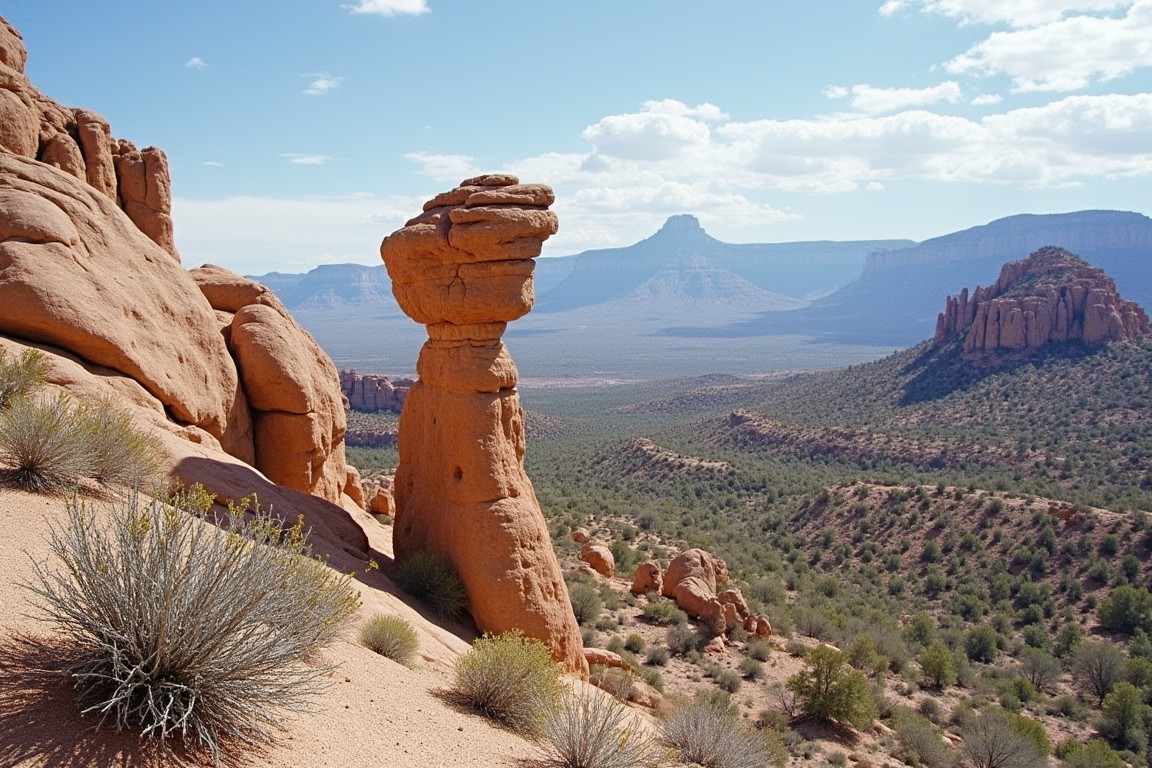
The Lost Dutchman’s Gold Mine: A Legend Buried in the Superstitions
Deep in the rugged terrain of Arizona’s Superstition Mountains lies one of America’s most enduring legends , a tale of hidden treasure, mysterious deaths, and a treasure so vast it defies belief. This is the story of the Lost Dutchman’s Gold Mine, a fabled source of unimaginable wealth said to be hidden in the unforgiving desert. For over a century, treasure hunters, skeptics, historians, and thrill-seekers have chased a dream through blistering heat and treacherous cliffs. But what is truth, and what is myth?
Let’s journey into the heart of this enigma and uncover what we know , and don’t know , about the Lost Dutchman’s Gold Mine.
Who Was the “Dutchman”?
To understand the legend, we must begin with the man behind the myth: Jacob Waltz, a German immigrant (not Dutch, as the legend misstates). Waltz arrived in America in the 1830s and eventually made his way west during the Gold Rush years. He worked in various mining regions, gaining a modest reputation as a prospector. But his true notoriety came not from his mining acumen, but from what he allegedly discovered , or inherited , in the wilds of the Superstition Mountains, just east of modern-day Phoenix, Arizona.
The story goes that sometime in the 1860s or 1870s, Waltz discovered a fabulously rich vein of gold in the Superstition Mountain or, perhaps more plausibly, was shown the location by a member of a local Mexican or Peralta family who had once mined there. Waltz supposedly kept the location secret for decades, occasionally bringing small amounts of extremely pure gold to town to trade, tantalizing locals and stirring whispers.
But Waltz took his secret to the grave in 1891, after falling ill and being cared for by a woman named Julia Thomas. In his final delirious days, he is said to have described the mine’s location to Julia and even drew a crude map. After his death, she and others attempted to find it , but failed.
The legend of the Lost Dutchman’s Gold Mine was born.
Has the Lost Dutchman’s Mine Ever Been Found?
Over the years, thousands have scoured the Superstition Mountains in search of the mine. Some claimed success. Most did not. And many vanished without a trace , or were found dead under mysterious circumstances.
The question of whether anyone has actually found the mine remains unanswered. Some researchers believe that the mine never existed. Others argue that it did exist but was either exhausted or deliberately hidden. The problem is that the Superstitions are vast, and much of the terrain is incredibly dangerous. The geography itself guards its secrets well.
A few notable incidents fuel the idea that the mine might have been found , or nearly so:
In the 1930s, a prospector named Adolph Ruth claimed he had a map to the mine. He ventured into the Superstitions and was later found dead , his skull riddled with bullet holes, and his map missing.
In the 1940s and 50s, other searchers such as Barry Storm claimed to find gold ore and locations matching the descriptions from Waltz’s supposed maps and confessions, but none were ever able to consistently produce gold or verify their claims.
In 1977, a man named Rick Gwinn discovered a site he believed to be the mine, finding old tools, rocks cut in unnatural ways, and gold traces. Still, the site was never confirmed and soon became lost again in the ever-shifting landscape.
The truth? The mine has never been definitively found, and no one has produced consistent, credible evidence of its existence. But that hasn’t stopped thousands from trying , and believing.
How Much Is the Lost Dutchman’s Gold Mine Worth?
Speculation about the mine’s worth ranges from millions to hundreds of millions of dollars. Reports from the late 19th and early 20th centuries describe the gold that Waltz occasionally sold as “almost pure.” According to legend, Waltz once brought in a shoebox full of nuggets, some said to be worth more than $250,000 in today’s money , a single haul.
Some sources claim the total value of the gold vein he discovered could be worth over $200 million at modern prices.
Of course, these numbers are impossible to verify. Without confirmed samples or visible veins, all estimates are based on hearsay, legend, and a few possibly apocryphal tales. Still, the lure is strong enough that modern-day treasure hunters still risk their lives in pursuit of it.
The Curse of the Lost Dutchman’s Mine
No good legend is complete without a curse, and the Lost Dutchman’s story has more than a few ghosts.
The Superstition Mountains were feared by the Apache people long before settlers arrived. They believed the mountains were home to spirits and even a “Thunder God” who guarded sacred places. According to some Native legends, the mine lies near the entrance to the underworld and is protected by supernatural forces.
Whether due to these old stories or real danger, the list of deaths associated with the mine is chillingly long:
Adolph Ruth, whose death in the 1930s shocked the nation, was only the beginning. His map, potentially genuine, vanished , possibly taken by whoever killed him.
James A. Cravey, another prospector, went missing in 1947. His headless body was found months later.
In the 1970s, several more explorers died or vanished mysteriously while searching the area, with reports of disoriented behavior and sudden injuries.
Even in the 2000s, amateur explorers have gone missing, some later found dead from exposure or dehydration.
The dangers are not necessarily supernatural. The Superstitions are treacherous, with intense heat, venomous snakes, sheer cliffs, and little water. But for those who believe in the curse, these natural hazards only heighten the sense that something , or someone , is protecting the mine.
To many, the curse isn’t just about death , it’s about obsession. Lives have been ruined by the search. Marriages, finances, and reputations have crumbled. The mine becomes not just a prize, but a consuming phantom , and that, too, is a kind of curse.
Where Is the Lost Dutchman Buried?
Jacob Waltz died on October 25, 1891, in Phoenix, Arizona. He was buried in the Pioneer and Military Memorial Park, specifically in the Cementerio Lindo section of the old City/Loosley Cemetery.
His grave, marked simply, has become a minor pilgrimage site for treasure hunters and historians. Visitors leave offerings, take photos, and reflect on the man who may have held the key to one of America’s greatest mysteries. Interestingly, his headstone reads “Jacob Waltz, 1810–1891,” though some researchers debate his exact birth year.
What lies beneath the stone may be a simple body , or the final resting place of a man who died holding one of the greatest secrets in history.
Why the Legend Endures
The Lost Dutchman’s Gold Mine persists not because we know it’s real, but because we don’t know that it isn’t. That ambiguity, the mix of history, folklore, greed, and genuine human curiosity, gives the story eternal life.
Each generation finds something new in the tale:
To some, it’s a metaphor for the American Dream , a hidden wealth waiting to be discovered.
To others, it’s a warning about greed and obsession , and the price one pays for chasing illusions.
And to a few? It’s still out there, somewhere, waiting to be found by the right person with the right map.
The U.S. Forest Service regularly reminds hikers and would-be prospectors that the Superstition Wilderness is protected land, and gold mining is not permitted. But that hasn’t stopped adventurers from sneaking in, gear in tow, hopes high. The trailhead signs may warn of danger, but to those seeking the Lost Dutchman’s mine, they read like invitations.
Conclusion: Gold, Ghosts, or Both?
So what do we make of the Lost Dutchman’s Gold Mine?
Is it real? Possibly.
Has it been found? Probably not , at least not in a way anyone has ever been able to prove.
Is it worth a fortune? If it exists, absolutely.
Is it cursed? Maybe not supernaturally , but history shows it certainly brings ruin to those who chase it too hard.
And where is Waltz now? Beneath the Arizona sun, buried in Phoenix, while his legend roams free through the canyons and dust.
More than a century later, the story endures. The Lost Dutchman’s Gold Mine is no longer just a tale about gold in the ground , it’s a tale about the gold in our imaginations, the stories we pass down, and the mysteries we refuse to let go.
And somewhere, deep in the Superstition Mountains, just maybe… it’s still there.
Sources & Legends Referenced:
Jacob Waltz’s final confession as recorded by Julia Thomas.
Death reports of Adolph Ruth (1931).
Apache folklore of the Thunder God and sacred mountains.
Barry Storm’s 1940s writings and map interpretations.
National Park Service and U.S. Forest Service reports on the Superstition Wilderness.
Would you like this as a formatted blog post or with images and a layout for web publishing? I can also provide an accompanying map graphic or ghost-story-style podcast script if you’re building multimedia content.




